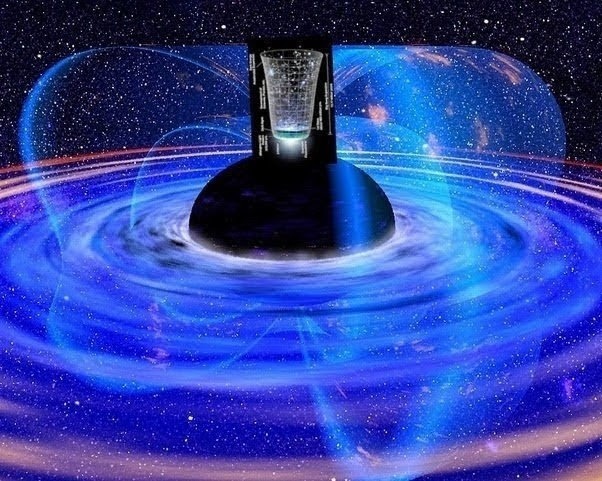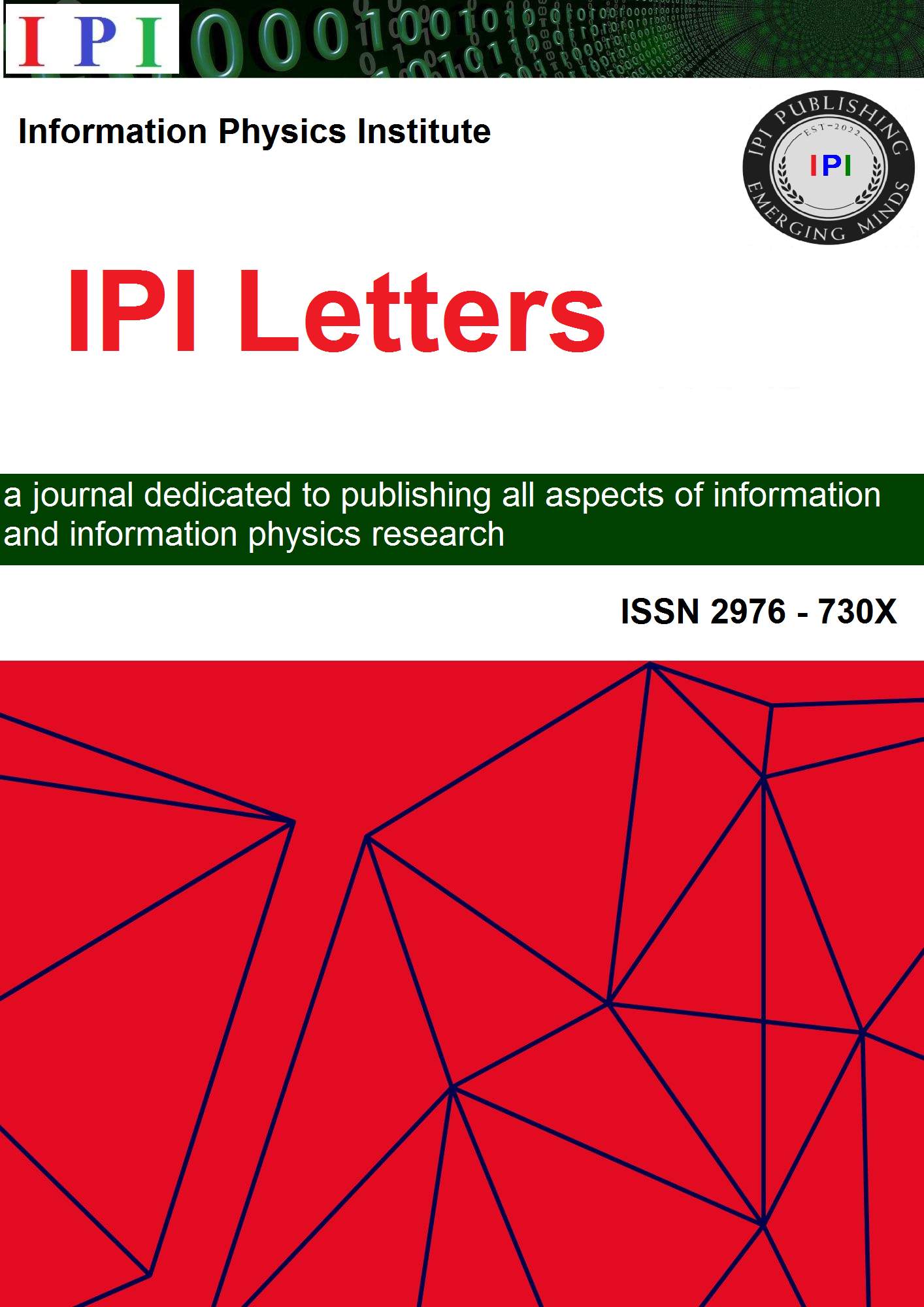Supersolid Dark Matter and the Fabric of Spacetime
DOI:
https://doi.org/10.59973/ipil.197Keywords:
dark matter, spacetime, dark energyAbstract
The nature of dark matter and its role in the universe remains one of the most profound mysteries in modern physics. This paper proposes a unifying framework in which dark matter is a supersolid that fills the vacuum of space itself. In this model, the supersolid dark matter is the fabric of spacetime - whose state of displacement gives rise to gravitational phenomena. Ordinary matter moving through this supersolid displaces it, generating gravitational forces via a ”displacing back” mechanism. The supersolid dark matter is also what waves in wave-particle duality, and its chaotic nature gives rise to the probabilistic nature of quantum mechanics. Dark energy is understood in this model as the pressure caused by the outflow of supersolid dark matter from our Universe’s central black hole, driving the accelerated expansion of the universe. This theory
not only connects dark matter with general relativity and quantum mechanics but also offers new insights into cosmic structures and the forces governing them.
References
Migkas, K., et al, Probing cosmic isotropy with a new X-ray galaxy cluster sample through the LX–T scaling relation, Astronomy & Astrophysics Volume 636, April 2020. DOI: https://doi.org/10.1051/0004-6361/201936602
Saha, Kana, et al. The Milky Way’s dark matter halo appears to be lopsided. The Astrophysical Journal, Volume 697, Issue 2, pp. 2015-2029 (2009). DOI: https://doi.org/10.1088/0004-637X/697/2/2015
Shan, HuanYuan, et al. Offset between dark matter and ordinary matter: evidence from a sample of 38 lensing clusters of galaxies. MNRAS Volume 406 Issue 2 August 2010. DOI: https://doi.org/10.1111/j.1365-2966.2010.16739.x
“Spacetime tells matter how to move; matter tells spacetime how to curve.” — Wheeler, J. A., & Ford, K. (1998). Geons, Black Holes, and Quantum Foam: A Life in Physics. W. W. Norton & Company.
Clowe, D., et al. Weak-lensing mass reconstruction of the major merging cluster 1E 0657-558. The Astrophysical Journal 648.2 (2006).
Buzzo, Maria Luisa, et al. A new class of dark matter-free dwarf galaxies? I. Clues from FCC 224, NGC 1052-DF2 and NGC 1052-DF4. Astronomy & Astrophysics Volume 695, March 2025. DOI: https://doi.org/10.1051/0004-6361/202453522
Pieter van Dokkum et al., A HIGH STELLAR VELOCITY DISPERSION AND ∼100 GLOBULAR CLUSTERS FOR THE ULTRA-DIFFUSE GALAXY DRAGONFLY 44, The Astrophysical Journal Letters, Volume 828, Number 1, L6 (2016). DOI: https://doi.org/10.3847/2041-8205/828/1/L6
Longo, M. J. Detection of a dipole in the handedness of spiral galaxies with redshifts z ∼ 0.04. Physics Letters B, vol. 699, no. 4, 2011. DOI: https://doi.org/10.1016/j.physletb.2011.04.008
Lior Shamir, The distribution of galaxy rotation in JWST Advanced Deep Extragalactic Survey, Monthly Notices of the Royal Astronomical Society, Volume 538, Issue 1, Pages 76–91, March 2025. DOI: https://doi.org/10.1093/mnras/staf292

Downloads
Published
How to Cite
Issue
Section
License
Copyright (c) 2025 Michael Cavedon

This work is licensed under a Creative Commons Attribution 4.0 International License.














